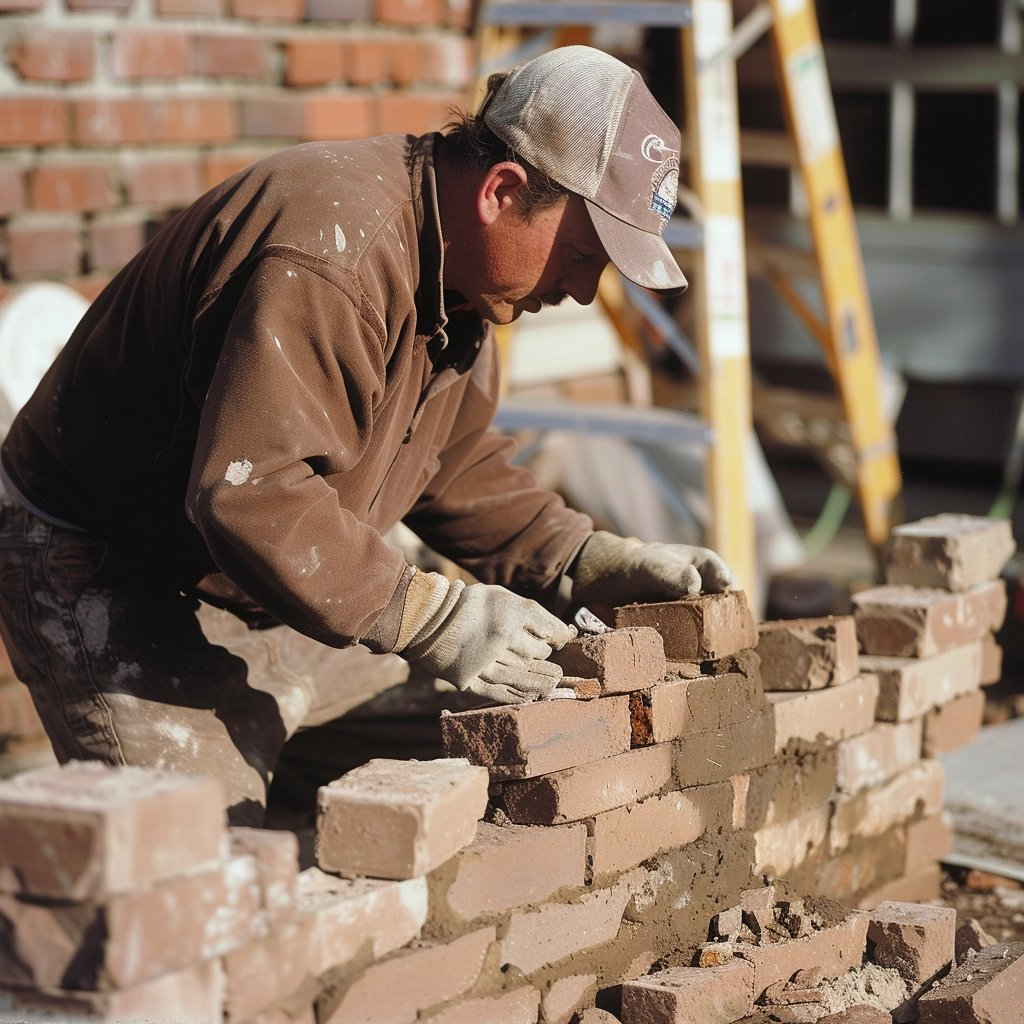The construction industry is currently facing a significant challenge due to the rising cost of materials, which has been exacerbated by a variety of factors including supply chain disruptions, increased demand, and geopolitical tensions. This article explores the causes, effects, and potential solutions to this issue, as well as case studies that illustrate the impact on construction projects.
Causes of Rising Material Costs
Several key factors have contributed to the increase in construction material costs:
1. Supply Chain Disruptions: The COVID-19 pandemic has led to global supply chain disruptions, affecting the availability of construction materials. Lockdowns and restrictions have slowed down production and distribution, leading to shortages.
2. Increased Demand: There has been a surge in construction activity, particularly in residential construction and do-it-yourself renovations, which has driven up demand for materials such as lumber, steel, and copper.
3. Geopolitical Tensions and Tariffs: Trade issues, tariffs, and the ongoing Russia-Ukraine conflict have impacted the cost of materials, particularly steel and stainless steel.
4. Environmental Regulations: Stricter environmental regulations have also contributed to the rising costs by affecting the production and sourcing of materials.
Effects on Construction Projects
The rising cost of materials has had several significant effects on construction projects:
1. Increased Project Costs: The cost of construction projects has risen sharply, with some materials more than doubling in price. This has led to budget overruns and increased financial pressure on developers and contractors.
2. Project Delays: The uncertainty and volatility in material prices, along with shortages, have caused delays in project timelines. Contractors and developers are often unable to lock in prices for materials, leading to uncertainty and postponement of projects.
3. Impact on Profit Margins: Higher material costs, coupled with the inability to pass these costs onto clients fully, have squeezed profit margins for contractors and developers. This has been particularly challenging for smaller firms with less bargaining power.
4. Reevaluation of Projects: The surge in material costs has led some developers to reconsider the feasibility of new residential and commercial projects, potentially leading to a slowdown in construction activity.
Solutions and Mitigation Strategies
Despite the challenges, there are several strategies that can help mitigate the impact of rising material costs:
1. Early Team Assembly: Bringing together architects, contractors, and other stakeholders early in the project can help identify cost-saving opportunities and avoid expensive redesigns.
2. Lean Construction: Adopting Lean construction principles can improve efficiency, reduce waste, and help manage costs more effectively.
3. Exploring Alternative Materials: Considering unconventional or alternative materials can offer cost savings and mitigate the impact of price volatility in traditional materials.
4. Technology and Innovation: Utilizing technology, such as Building Information Modeling (BIM) software and drones, can improve project efficiency and safety, potentially offsetting higher material costs.
5. Strategic Budgeting: Including escalation contingencies in budgets and establishing strategic reserves can help manage the risk of material price fluctuations.
Tips for Mitigating Design Flaws:
- Comprehensive Planning and Analysis: Engage in thorough planning and analysis phases, considering all possible impacts of the design, including environmental and social factors.
- Innovative Use of Technology: Utilize modern design software and simulation tools to predict and address potential design flaws before construction begins.
- Feedback Loops: Establish feedback mechanisms during the design and construction phases to capture insights from a diverse range of stakeholders, including future users of the building.
Case Study 1: Residential Constructions
A residential construction project experienced a 20% increase in overall costs due to the rising prices of lumber and steel. By adopting Lean construction principles and exploring alternative materials, the project was able to mitigate some of the cost increases and stay within budget. Stuart Binstock, president and CEO of CFMA, said, “Our more successful companies are embracing technology more and more.” He added that many CFMA member companies are investing in revamping their enterprise resource planning (ERP) systems.
Case Study 2: Commercial Development
A commercial development project faced significant delays due to material shortages and price volatility. The development team assembled early and utilized technology to optimize the design and construction process, ultimately reducing the impact of material cost increases on the project timeline. “Manufacturing, for example, has consciously and scientifically attacked efficiency leaks throughout its process,” Steve Jones, senior director of industry insights research and Dodge Data & Analytics, said: “Similarly in construction, we’re trying to garner intelligence from things we’re already doing. You’re already dealing with errors or omissions, but it’s what you’re doing with that to turn it into intelligence to make future projects better.”
Conclusion
The rising cost of materials presents a significant challenge to the construction industry, impacting project costs, timelines, and profitability. However, by understanding the causes and implementing effective mitigation strategies, developers and contractors can navigate these challenges and continue to deliver successful projects. Collaboration, innovation, and strategic planning are key to managing the impact of material cost fluctuations and ensuring the resilience of the construction industry in the face of ongoing uncertainties.
Get an Estimate
Here is our simple estimate form. Fill it out the best you can, keeping in mind these tips to get the most accurate estimate.
1. Project Details:
Please provide a brief project description, including scope, size, and specifics (if possible).
2. Timeline:
Discuss your expected timeline for the project.
3. Site Information:
Please share some details about the site where the project will be executed. This could include the location, accessibility, local regulations, and any site-specific challenges you foresee.
4. Communication:
Please provide a brief project description, including scope, size, and specifics (if possible). Communicate openly with the architect throughout the estimation process to address any questions or concerns they may have.


